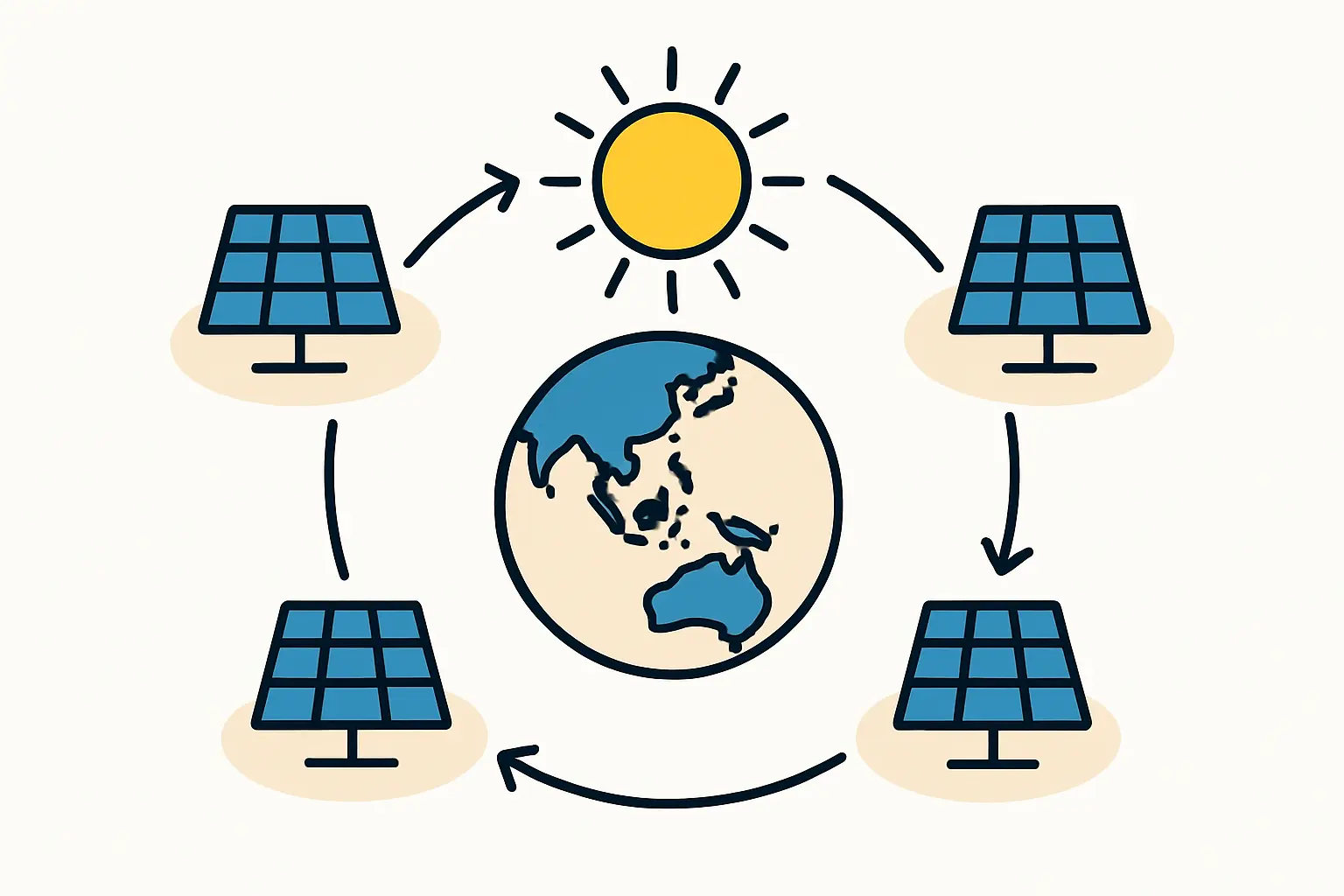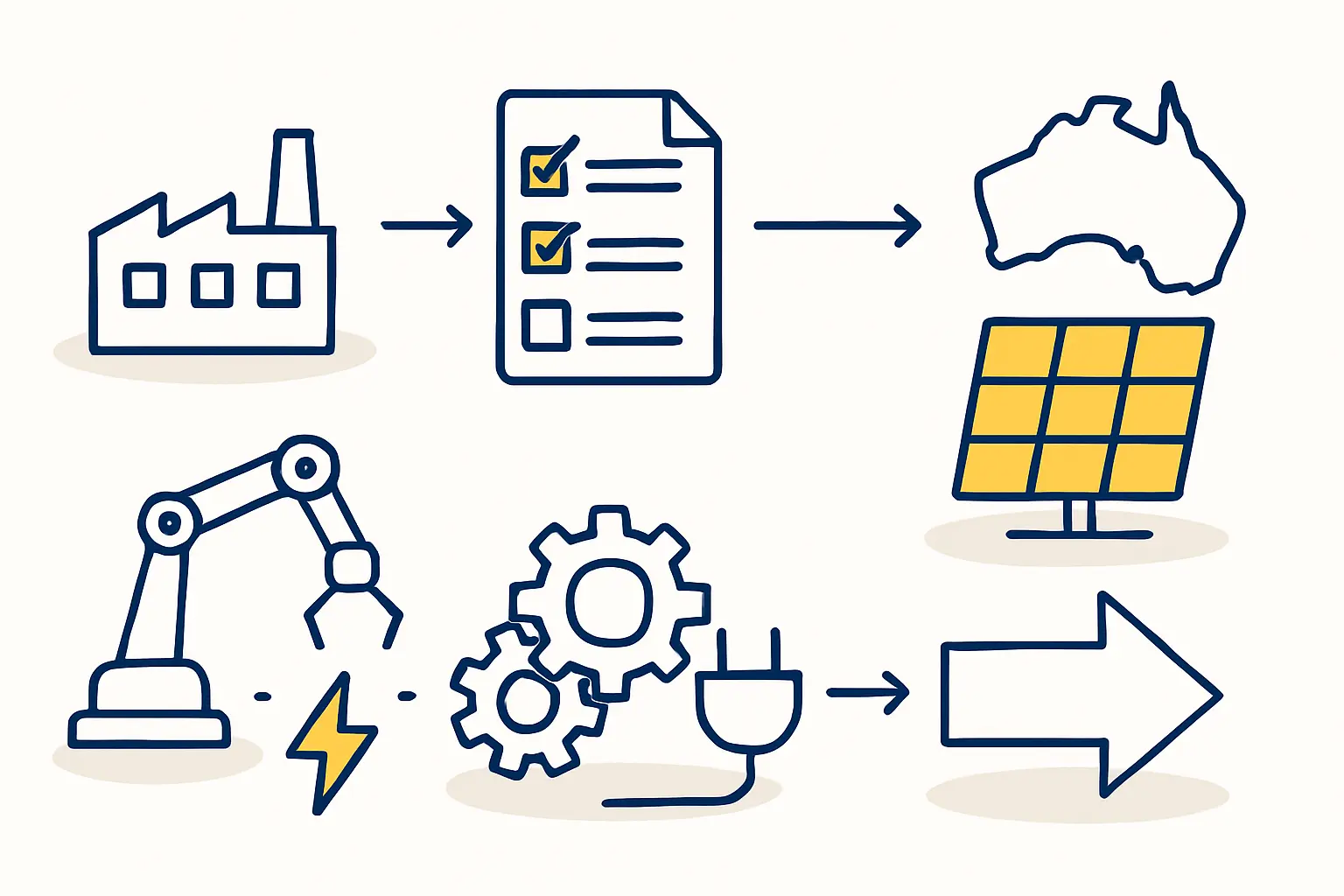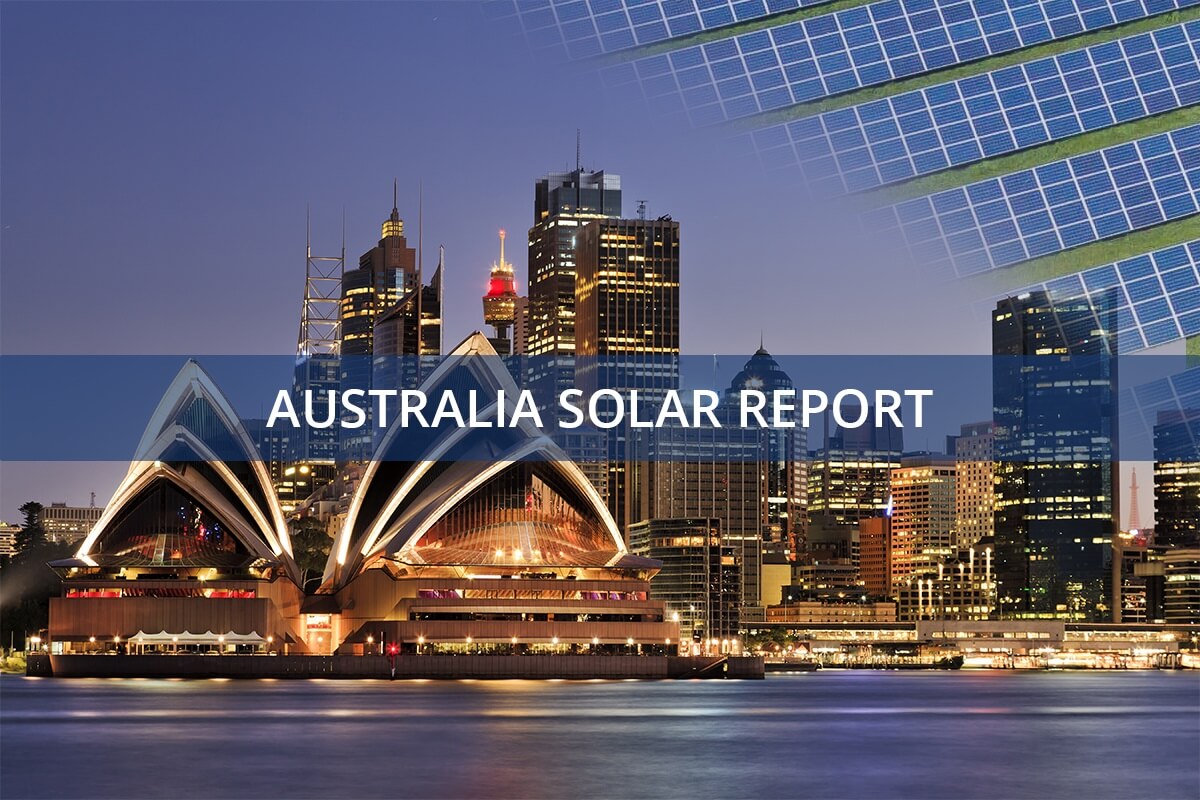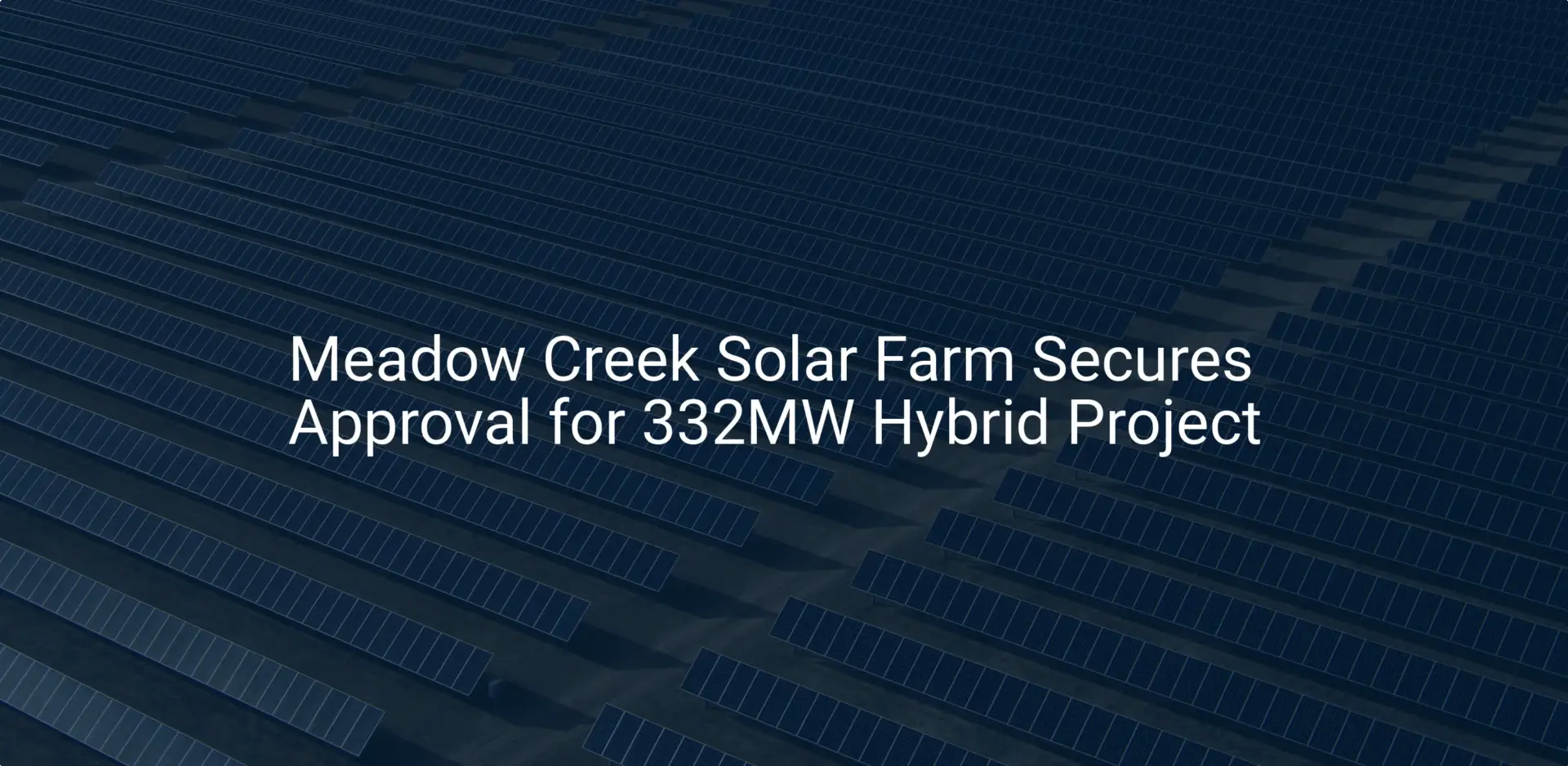Australia is a global leader in per capita solar energy adoption, with millions of rooftops harnessing the power of the sun. Yet, its market is defined by a striking paradox: over 90% of the solar panels installed are imported.
This gap between consumption and production raises a crucial question for entrepreneurs and investors: Is now the right time to establish solar panel manufacturing within Australia?
This analysis unpacks the key factors shaping the investment climate for solar module production in Australia, offering a balanced overview of the market dynamics, government incentives, and economic realities that prospective investors must consider.
Understanding Australia’s Solar Market Dynamics
Any evaluation of this investment must begin with the market landscape. The Australian solar market is characterized by high demand but remains almost entirely dependent on external supply chains.
A Market Dominated by Imports
The vast majority of solar panels in Australia originate from overseas, primarily China. This long-standing reliance has created an efficient, low-cost supply chain for installers and consumers.
However, it also exposes the nation to geopolitical risks and supply chain disruptions—a vulnerability that has become a key focus for both government and industry. For a new domestic manufacturer, this dynamic represents both the greatest challenge and the core strategic opportunity.
Strong and Consistent Domestic Demand
At the heart of the investment case is the robust and mature domestic market. With over 3.7 million rooftop solar systems installed nationwide, the demand for panels is consistent and substantial.
This is not a nascent market; it is an established ecosystem with a clear appetite for solar technology. Projections indicate this growth will continue, driven by rising energy costs and national decarbonization goals.

This sustained demand offers potential local producers a degree of market security, ensuring that a customer base is already in place for high-quality solar modules.
Ready to make big Profits?
The solar Industry is Booming
WE HELP NEWCOMERS to the solar industry start their own solar module production line. Customers can make BIG PROFITS by selling modules and finding investors, without wasting money and time on things they don't need!
The Impact of Government Policy and Strategic Initiatives
Recent government action has fundamentally shifted the conversation around local solar manufacturing, elevating it from a theoretical possibility to a strategic national priority.
The Solar Sunshot Program
The cornerstone of this shift is the Australian government’s AUD 1 billion Solar Sunshot program. This initiative is designed to catalyze domestic manufacturing through production subsidies and grants.
The program’s goal extends beyond creating local jobs; it aims to build sovereign capability in a critical technology sector. By offering direct financial support, the program aims to level the playing field, helping local manufacturers offset the higher operational costs of producing in Australia.
Beyond Subsidies: The Push for Supply Chain Resilience
The motivation behind programs like Solar Sunshot extends beyond pure economics. Globally, there is a growing recognition of the risks tied to highly concentrated supply chains.
For a country with such abundant solar resources and high adoption rates, a lack of domestic production capability is a strategic weakness. This government push signals long-term support for building a resilient, diversified, and localized solar industry.
Key Economic Factors for Investors to Evaluate
While market demand and government support are strong positive indicators, a successful venture requires a clear-eyed assessment of the economic realities.
The ‘Made in Australia’ Premium
Market research indicates a tangible consumer preference for Australian-made products. A recent survey by the Australia Institute found that 80% of Australians would prefer to purchase locally manufactured solar panels, even at a modest premium.
This brand value can be a powerful competitive advantage, allowing a domestic producer to differentiate on quality, transparency, and national pride, rather than competing solely on price against mass-produced imports.
Navigating Higher Operational Costs
Operational costs, particularly for labor and energy, are undeniably higher in Australia compared to major global manufacturing hubs. This is a critical challenge that any business plan must address.
Experience from J.v.G. Technology’s turnkey projects shows that success in such an environment hinges on maximizing efficiency through automation, robotics, and streamlined production processes. A focus on premium, high-efficiency module technology can also command higher prices, helping to offset the increased cost base.
Competition and Market Entry
A new entrant will not operate in a vacuum. The Australian market is served by established global brands with extensive distribution networks and strong brand recognition.
A successful market entry strategy must be carefully planned. Targeting specific niches—such as commercial and industrial projects or high-end residential installations that value local provenance and support—can be an effective approach.
For a deeper dive into business models and market entry strategies, download our comprehensive report on solar manufacturing opportunities in Australia.

Frequently Asked Questions (FAQ)
What is the primary driver for Australia’s interest in local solar manufacturing?
The main drivers are strategic: to build supply chain resilience, reduce dependency on a few countries for a critical energy technology, and capture more economic value from its world-leading solar resources.
Is government support guaranteed for new ventures?
While programs like Solar Sunshot provide a framework for significant support, funding is not automatic. Applicants must present a robust business case and meet specific criteria related to technological readiness, financial viability, and contribution to national objectives.
How can a new manufacturer compete with low-cost imports?
Competition should focus on value, not price alone. Key differentiators include leveraging the ‘Made in Australia’ brand, offering superior quality and performance, providing responsive local technical support and warranties, and ensuring ethical and sustainable production practices.
What is a realistic scale for a new solar module factory in Australia?
Entry-level operations often begin with a production capacity in the 50–200 MW range. This scale allows a focus on process optimization and quality control while serving a specific market niche. Once established, the facility can be scaled to gigawatt-level capacity as market share grows.
Conclusion: The Path Forward for Prospective Investors
The investment climate for solar panel production in Australia is at a pivotal moment. A convergence of strong domestic demand, significant government support, and a growing consumer preference for local products has created a compelling opportunity.
This potential, however, is balanced by the realities of higher operational costs and entrenched international competition. Success is not guaranteed; it will be earned by approaching the market with a well-researched strategy.
Investors considering this venture should begin with a detailed feasibility study and a comprehensive business plan that addresses these challenges head-on. The current environment is more favorable than it has been in over a decade, offering a rare window to establish a foundational industry for Australia’s energy future.







